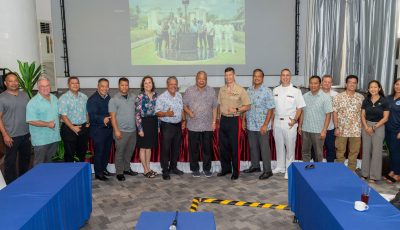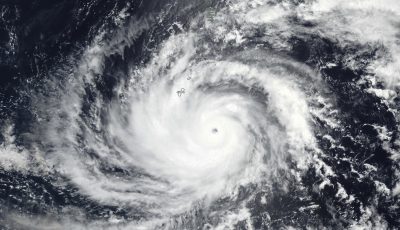The vulnerable state of the Marianas
The National Interest magazine published a Feb. 26, 2016 article “Revealed: America’s Backup Plan in Case of War with China” which talks about the Chinese and U.S. militaries, but fails to provide enough information to readers about the Chamorro and Chamolinian people of the Marianas Islands.
The author, Robert Beckhusen, makes the point that the Chinese have a ballistic missile, the DF-26, that is capable of striking both Kadena Air Base and Andersen Air Force Base. This claim, if true, makes Andersen Air Force Base in Guam a more attractive target for the Chinese military as Andersen has the largest fuel storage capacity of any Air Force base overseas, is now co-locating elements of Marine Corps aviation and is home to ISR resources and support.
The problem with Beckhusen’s article is that it places too much focus on military matters alone and does not provide enough information to better gauge the overall feelings and sentiments of the people of Tinian on matters of a military transformation. Beckhusan fails in his article to acknowledge the Chamorro and Chamolinian people of both Saipan and Tinian, he fails to include information on Marine Corps desires for unit training on Tinian and he fails to state that the Chamorro people of the Marianas are patriotic Americans who cannot vote for the President of the United States, and have only one non-voting delegate in Congress. Beckhusan also fails to state in his article that the people of the Mariana Islands are both physically isolated and highly vulnerable to the damage and destruction and harm that additional military operational training will have on the total island environment, the total island ecosystem and on the Chamorro culture and social fabric.
Instead, Beckhusan, quotes a member of the RAND Corporation referencing the Air Force’s desire to create redundant operating facilities throughout the Pacific, which is intended to create complexity for the Chinese military targeting community seeking to destroy American military airfields and assets. The problem with Beckhusan’s article is he omits to state that if the Marianas Islands were to be attacked, the Air Force might have options to “divert,” but the residents from San Jose village in Tinian will not, nor will villagers from Saipan, Luta, or Guam.
Maybe the next time Beckhusan decides to write an article in The National Interest magazine about the Chinese and American militaries and the Marianas Islands, he will consider placing substantially more emphasis and focus on the Chamorro and Chamolinian people of the Marianas Islands and how they are increasingly vulnerable to the potential expanded presence of the U.S. military and the attendant dangers associated with military training.
Rick Perez
Via email



























